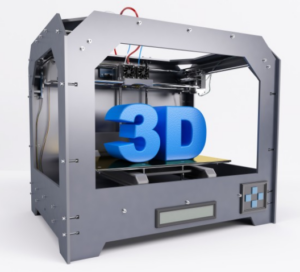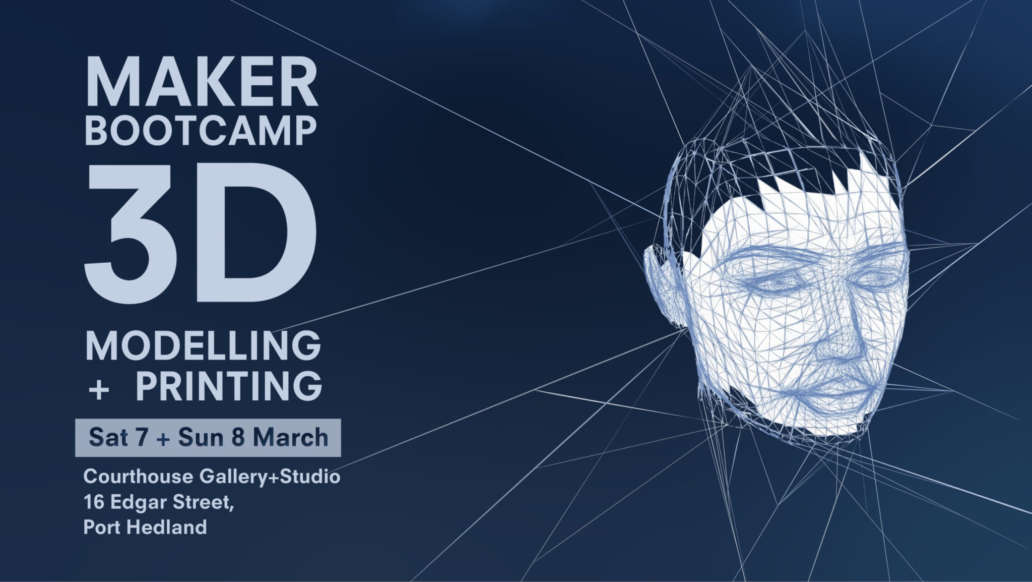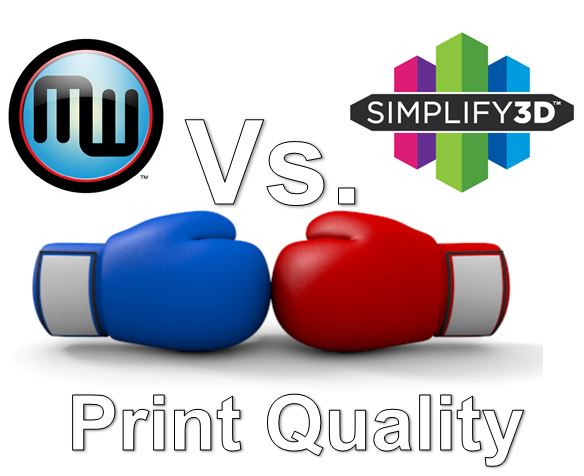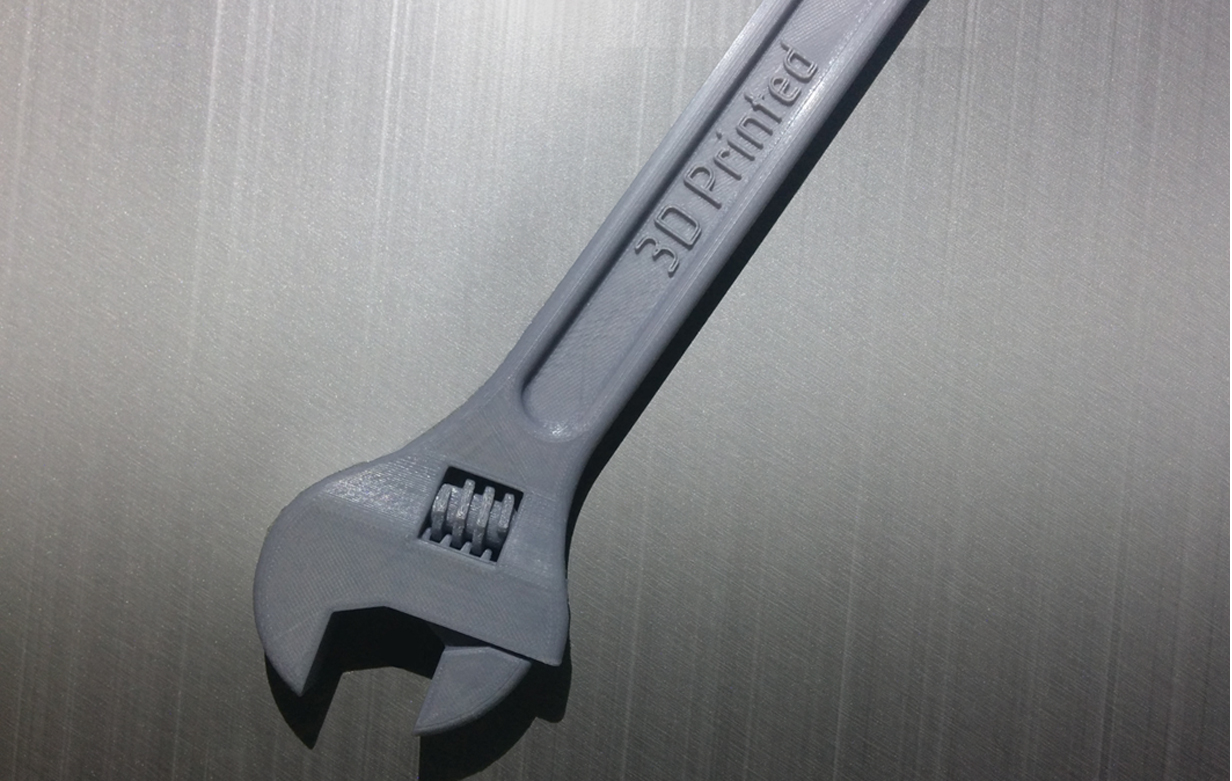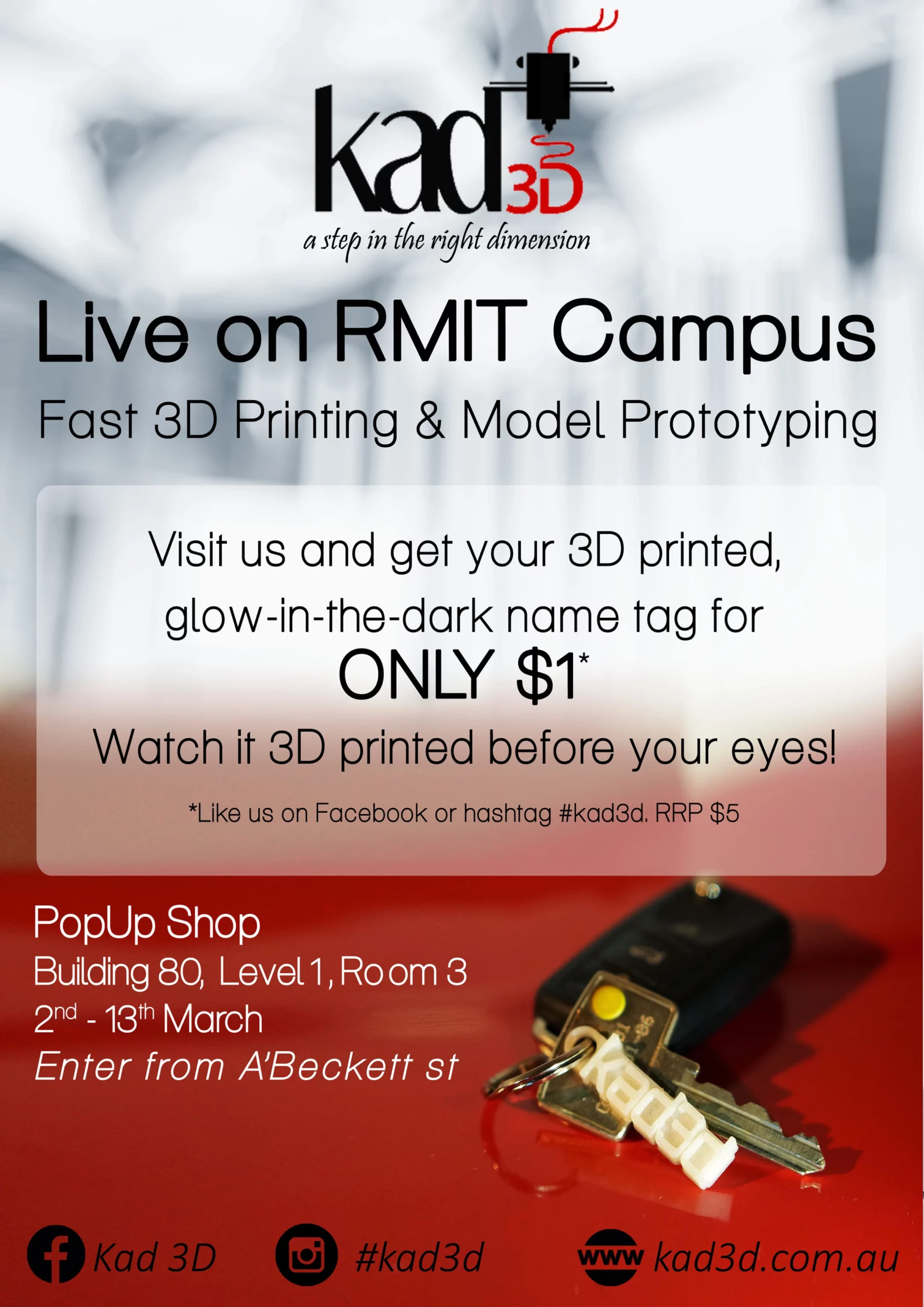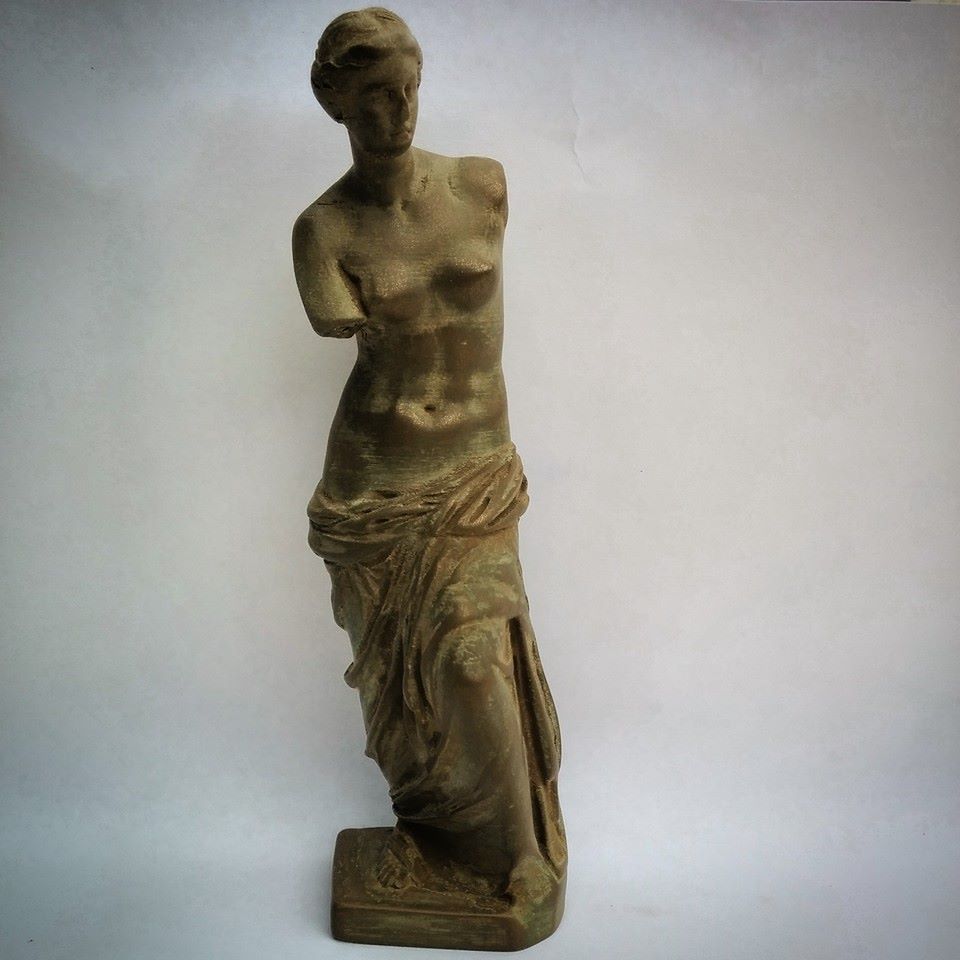PEKK (Polyetherketoneketone) 3D Printing Material
Brief Introduction and History
PEKK, a high-performance thermoplastic polymer, has gained prominence in the 3D printing industry due to its exceptional mechanical and thermal properties. It was first introduced in the 1990s and has since been widely used in various industrial applications due to its superior performance characteristics.
Material Composition
PEKK is composed of a polymer matrix derived from polyetheretherketone (PEEK), which is combined with an additional ketone group. This combination imparts enhanced thermal stability, chemical resistance, and dimensional stability to the material, making it well-suited for demanding applications.
Uses
- Aerospace components
- Medical implants and devices
- Oil and gas industry components
- Automotive parts
Best Fit Use
PEKK is most suitable for aerospace components due to its high strength-to-weight ratio and excellent resistance to harsh environmental conditions.
Detailed Example of Specific Use 1
An example of specific use is the production of lightweight, yet durable, structural components for satellites and spacecraft, where PEKK’s exceptional mechanical properties and resistance to outgassing are critical.
Detailed Example of Specific Use 2
Another significant use is the manufacturing of patient-specific medical implants, such as cranial and orthopedic implants, leveraging PEKK’s biocompatibility and customizable design features.
Difference Between Basic and Advanced Forms
The advanced form of PEKK may include reinforced variations with carbon fibers or other additives, resulting in further improved mechanical properties and dimensional stability compared to the standard form.
Benefits
- Excellent mechanical strength
- High chemical resistance
- Superior thermal stability
- Biocompatibility
Drawbacks
Complex processing requirements and higher material costs compared to some other 3D printing materials.
Overall Rating for Daily Use
PEKK is highly suitable for professional use in industries requiring robust and high-performance components. However, its specialized nature and cost may limit its adoption in hobbyist contexts.
Future Developments
Ongoing research focuses on optimizing the 3D printing process parameters and developing new composite formulations to further enhance PEKK’s performance and expand its application scope in 3D printing.
